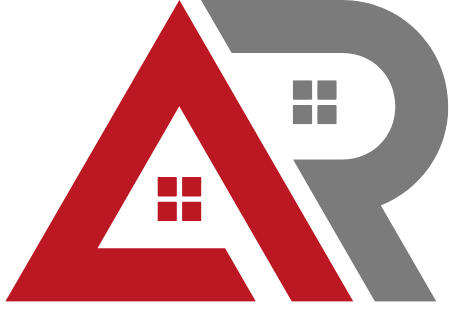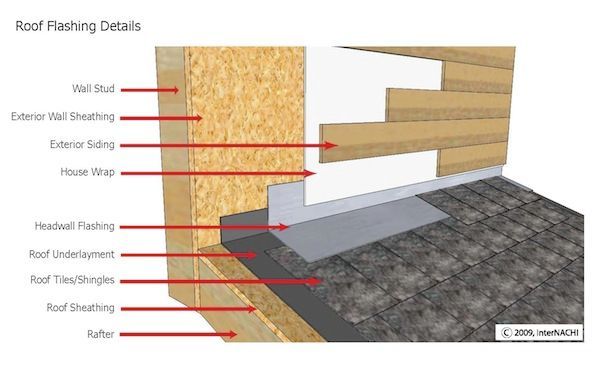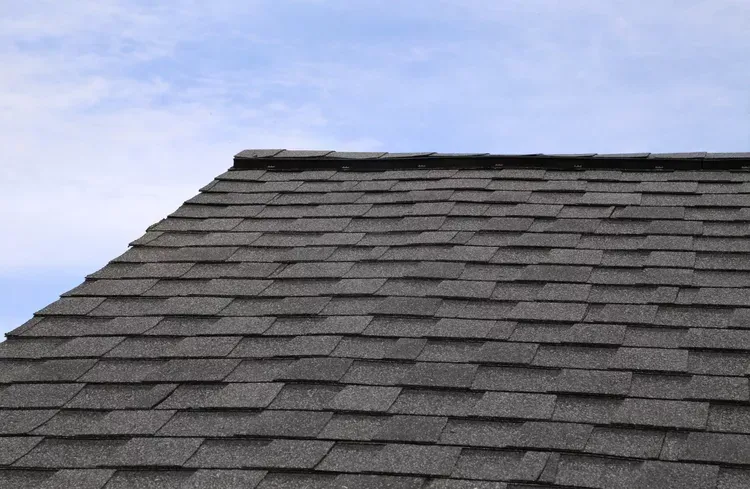How to Extend the Lifespan of Your Roof This Spring
Spring is a time of renewal, making it the perfect season to give your roof some much-needed attention. Your roof is one of the most crucial components of your home, acting as the first line of defense against the elements. With a little care and maintenance, you can extend its lifespan significantly. In this guide, we'll cover essential roof maintenance tips,
popular roofing materials, and everything you need to know to keep your roof in top shape this spring.
Understanding Your Roof: Types and Layers
Before diving into maintenance tips, it's important to understand the basic types and layers of a roof. Knowing what kind of roof you have and how it’s constructed will help you make informed decisions about maintenance and repairs.
Popular Roofing Materials
There are several popular roofing materials to choose from, each with its own set of benefits:
- Asphalt Shingles: Affordable and easy to install, asphalt shingles are a common choice for many homeowners.
- Metal Roofing: Durable and energy-efficient, metal roofs are gaining popularity for their longevity.
- Tile Roofing: Known for their aesthetic appeal and durability, tile roofs can last for decades with proper care.
- Slate Roofing: Highly durable and fire-resistant, slate is a premium option that offers a timeless look.
Roof Layers and Styles
A typical roof is made up of several layers, including the decking, underlayment, and outer roofing material. Understanding these layers will help you better maintain and inspect your roof.
As for styles, roofs come in various shapes such as gable, hip, flat, and mansard. Each style has its own maintenance needs and potential issues.
Essential Roof Maintenance Tips
Proper maintenance is key to extending the lifespan of your roof. Here are some roof maintenance tips to help you get started:
Conduct a Thorough Roof Inspection
Performing a roof inspection is the first step in identifying potential issues. Use this roof inspection checklist to guide you:
- Check for Missing or Damaged Shingles: Look for signs of wear and tear, such as curled, cracked, or missing shingles.
- Examine Flashing and Seals: Ensure that the flashing around chimneys, vents, and skylights is intact and properly sealed.
- Inspect the Gutters: Make sure gutters are clear of debris and securely attached to the home.
- Look for Signs of Water Damage: Check for water stains or signs of leaks inside your home, especially in the attic.
- Assess Moss and Algae Growth: Remove any moss or algae growth, as these can cause damage over time.
Each of the popular roof styles requires unique maintenance approaches to ensure longevity and durability.
Schedule Professional Roofing Services
While DIY maintenance is important, it's also crucial to enlist the help of commercial roofing services for more in-depth inspections and repairs. Professionals have the expertise to spot issues that may not be visible to the untrained eye.
Clean and Maintain Gutters
Clogged gutters can lead to water damage and roof leaks. Regularly clean your gutters to ensure water flows away from your home. Consider installing gutter guards to reduce debris buildup.
Trim Overhanging Branches
Trees add beauty to your property, but overhanging branches can pose a risk to your roof. Trim back any branches that hang over your roof to prevent damage from falling limbs and reduce debris accumulation.
Address Small Repairs Promptly
Small issues, such as a few missing shingles or minor leaks, can quickly escalate into major problems if left unaddressed. Promptly repair any damage to prevent costly repairs down the road.
Photo By: The Spruce
Let’s talk about your project
FOOTER FORM FILL
Oops, there was an error sending your message. Please try again.
LET'S CHAT!
All Rights Reserved | Amazed Roofing, LLC
Made with ❤︎ by Quantifi Media




